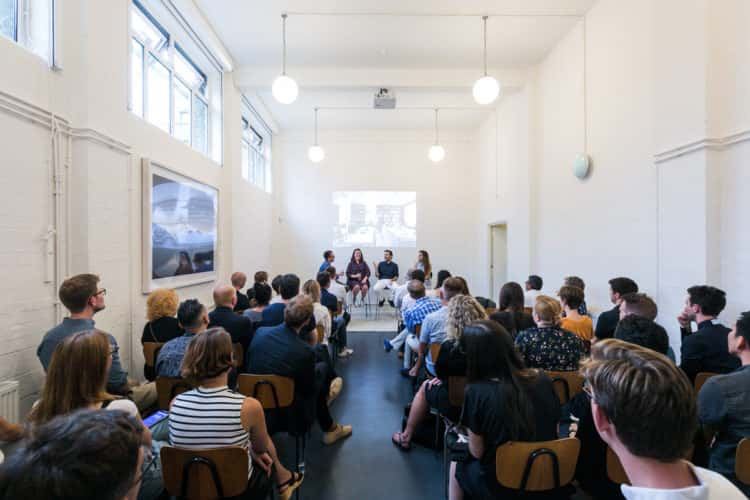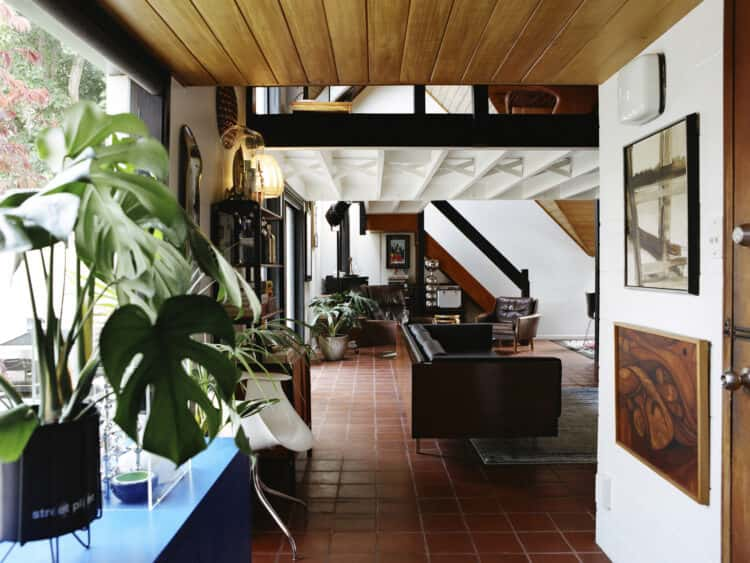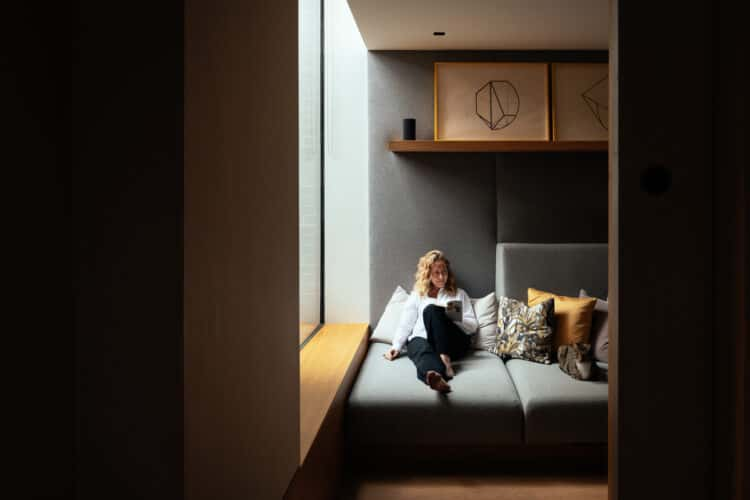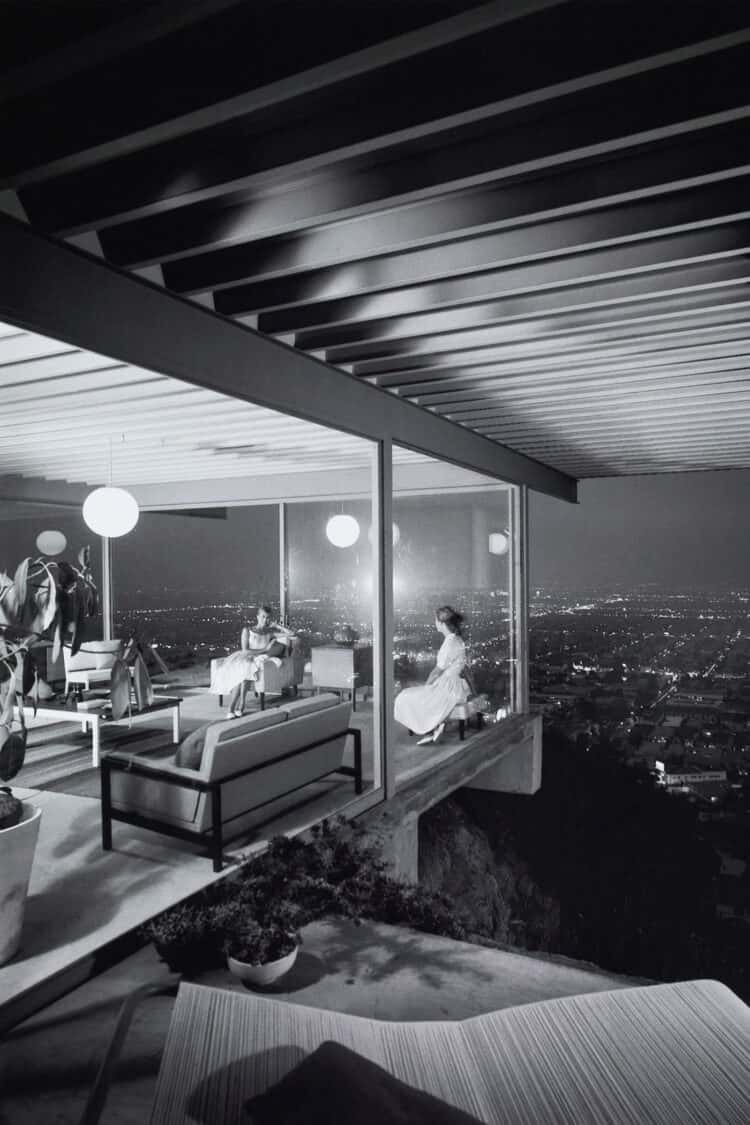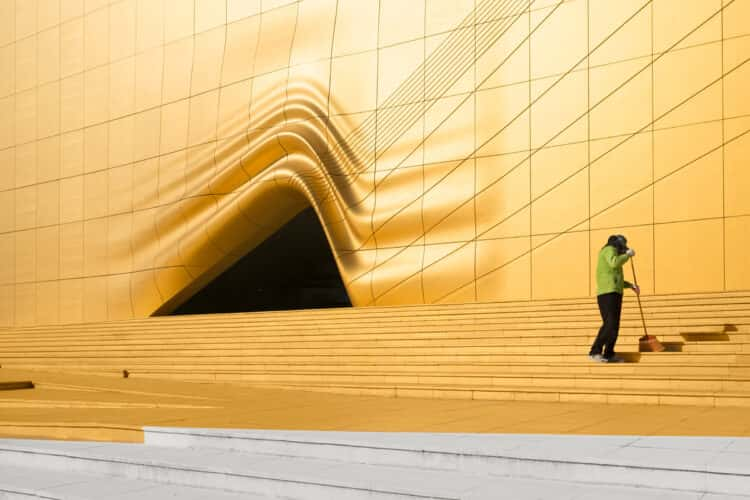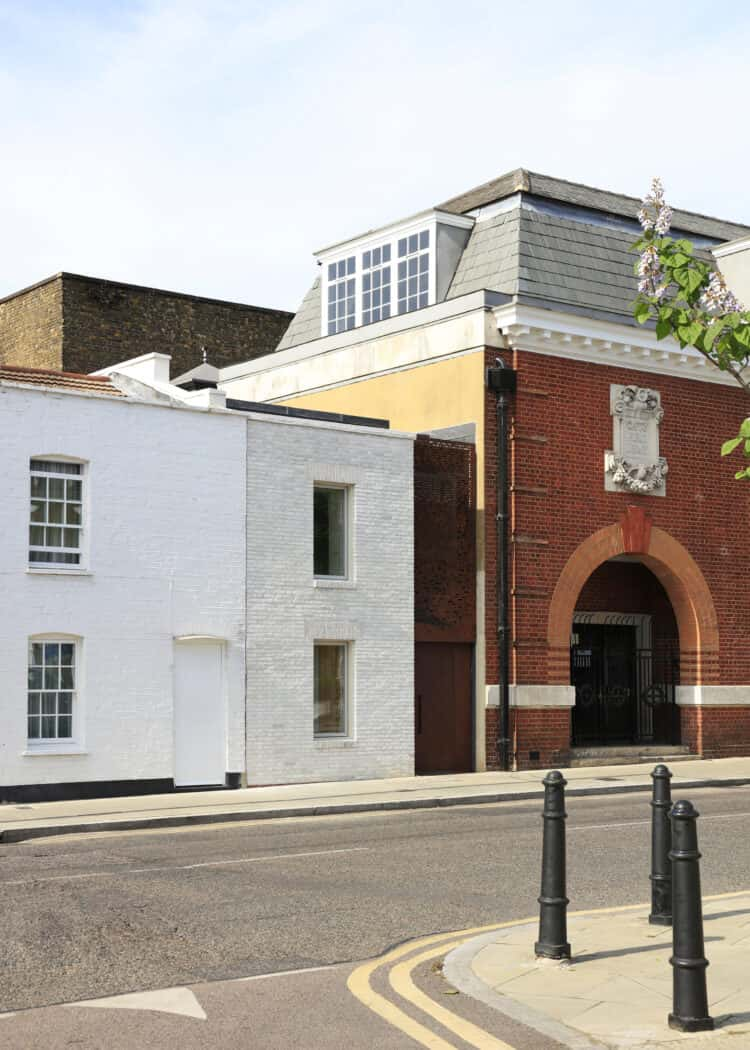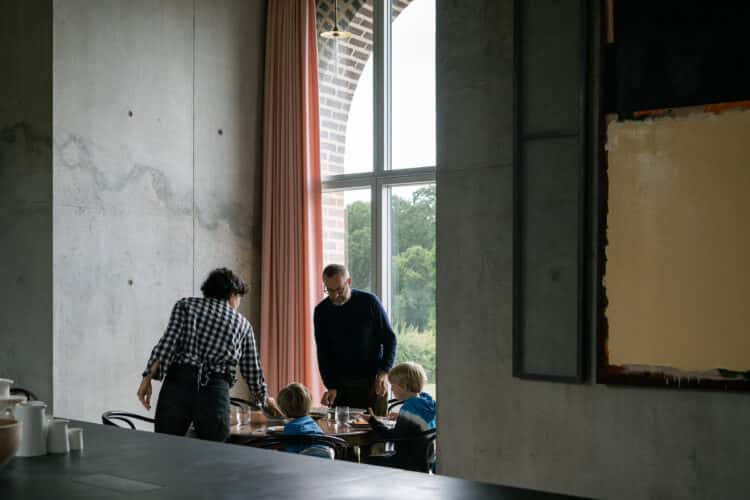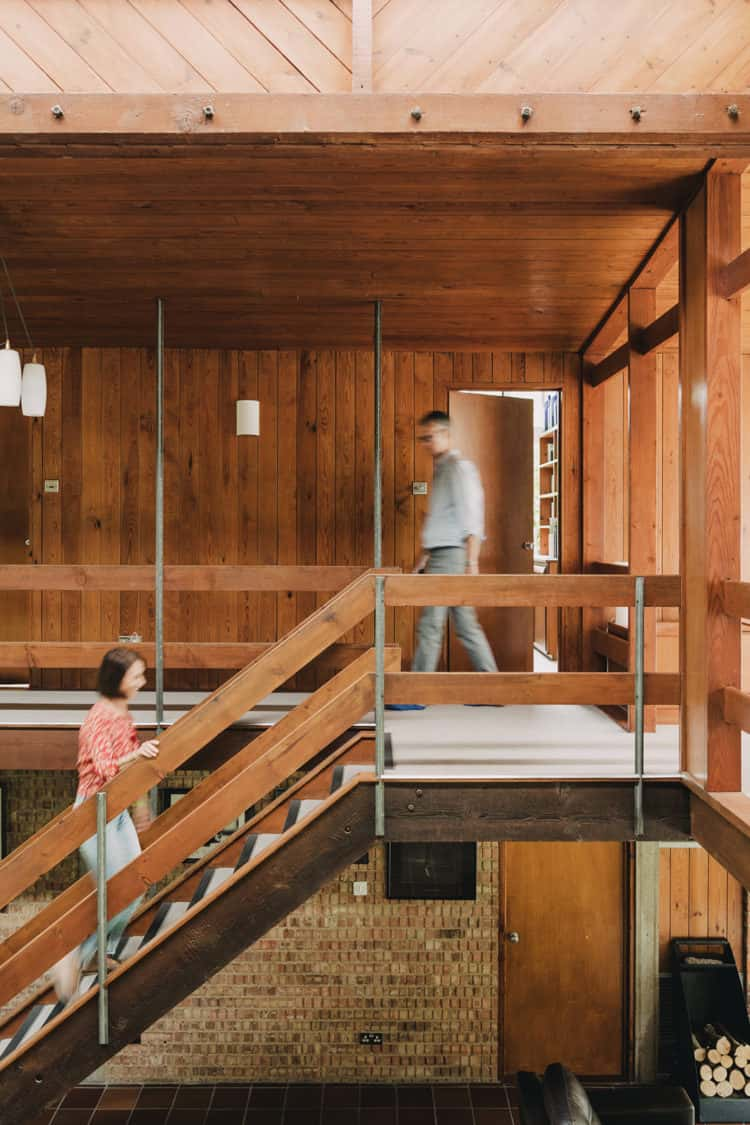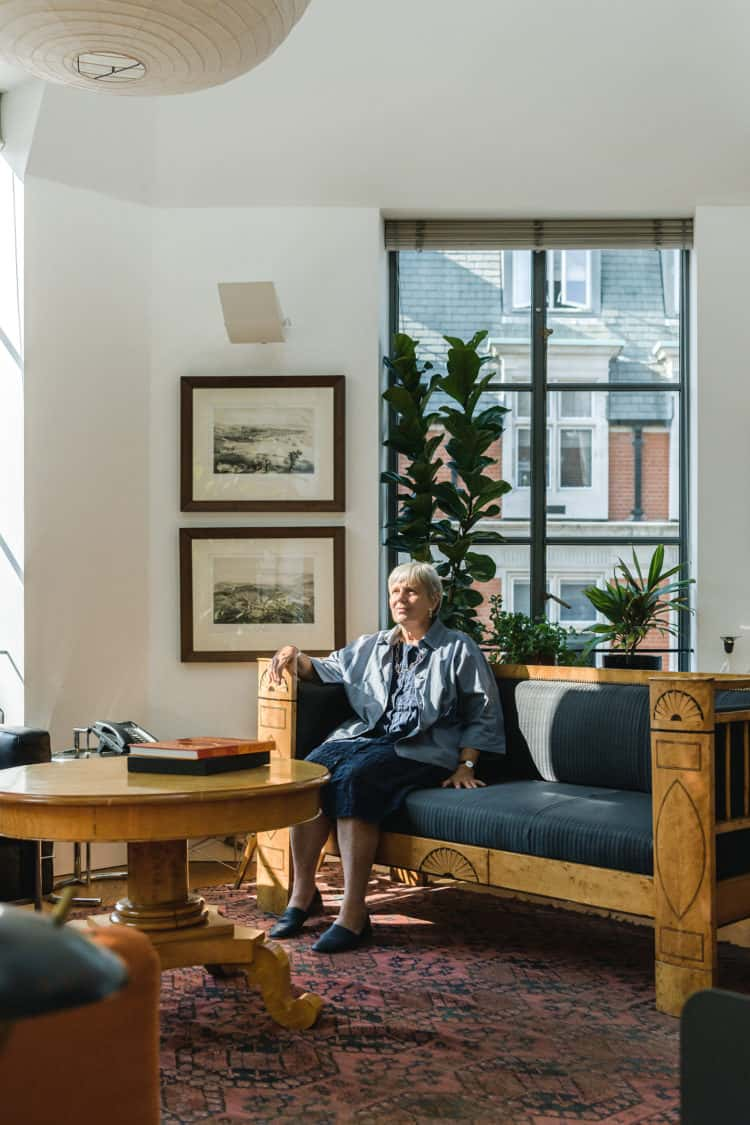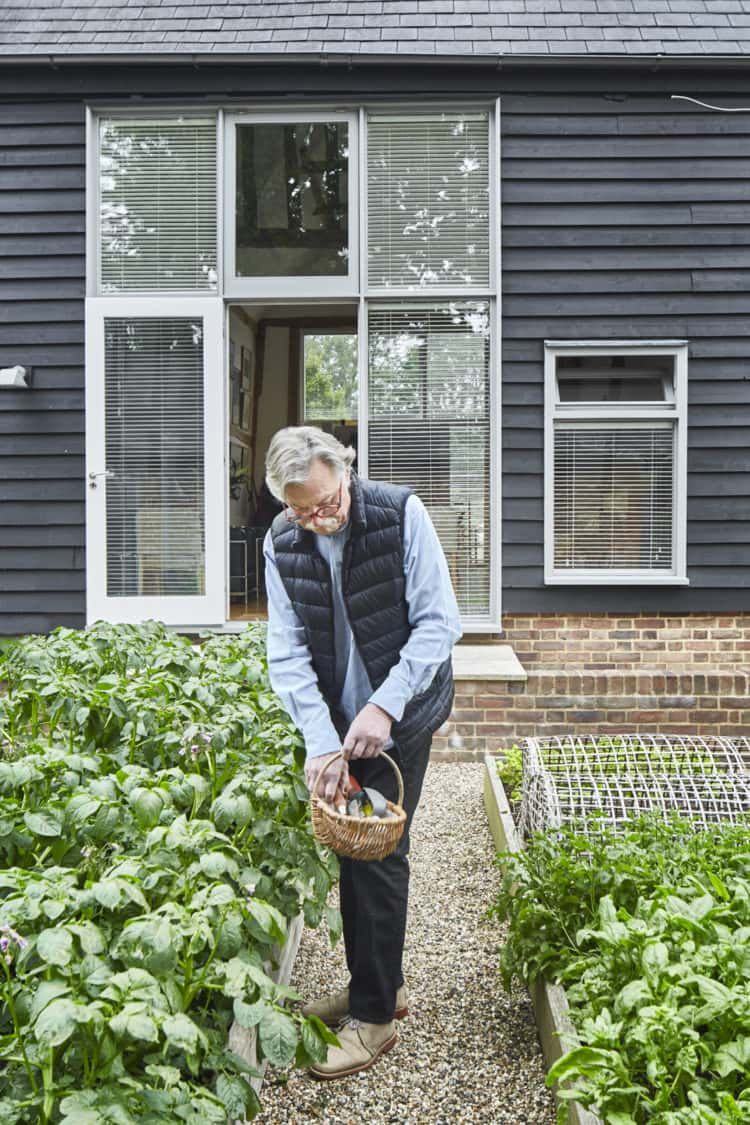My Modern House: artists Langlands & Bell talk life, art and architecture at their self-designed country retreat
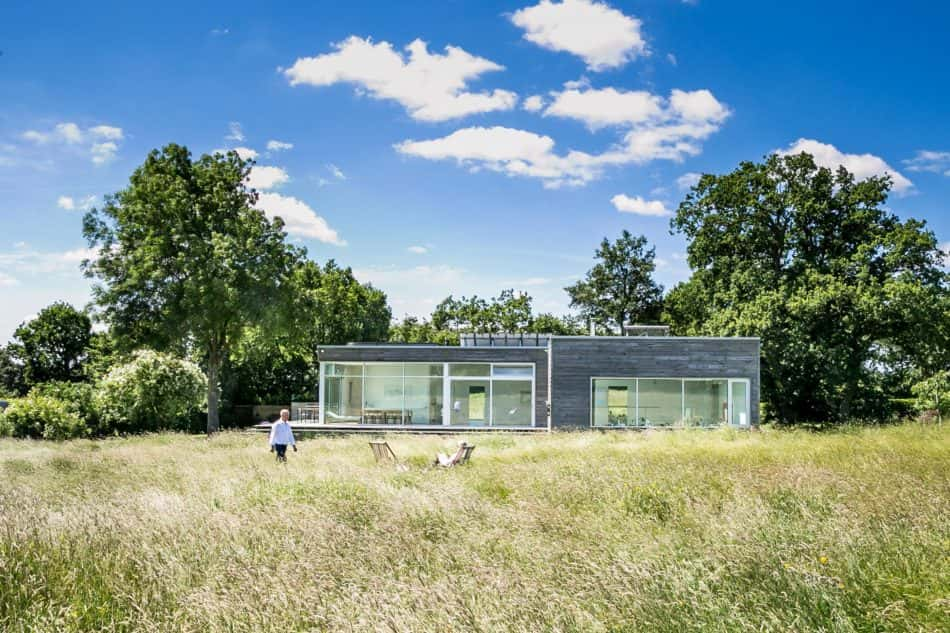
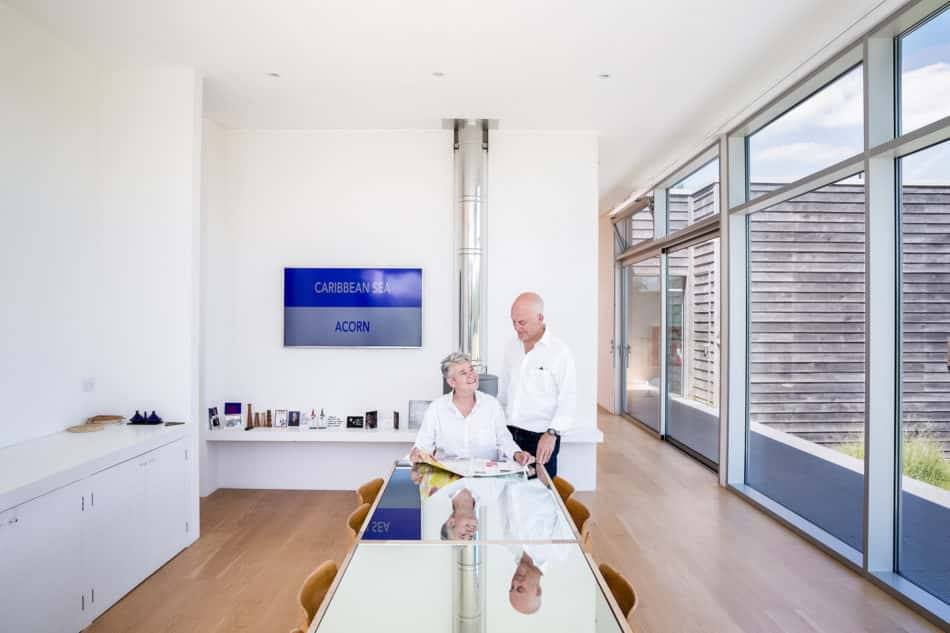
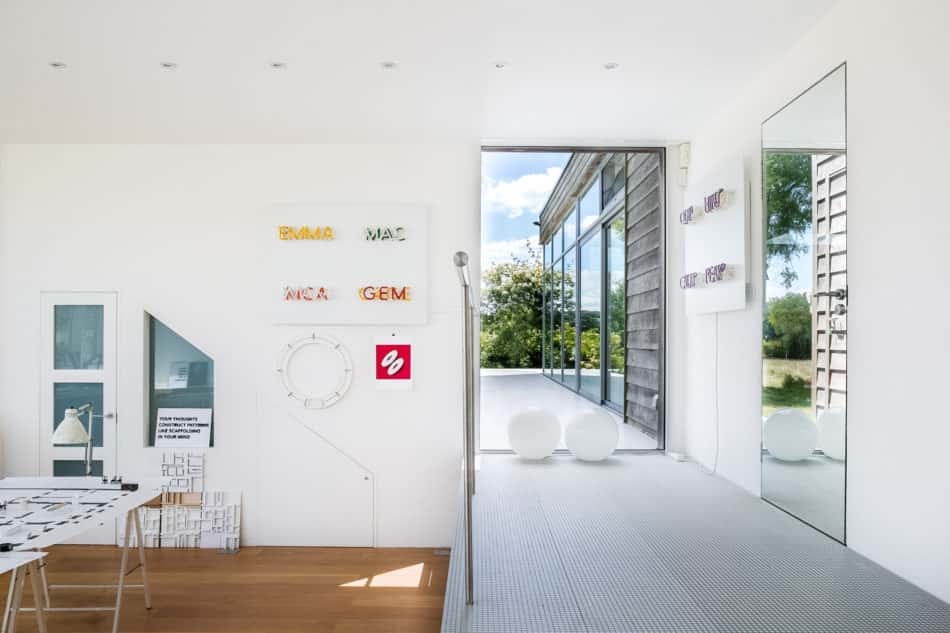
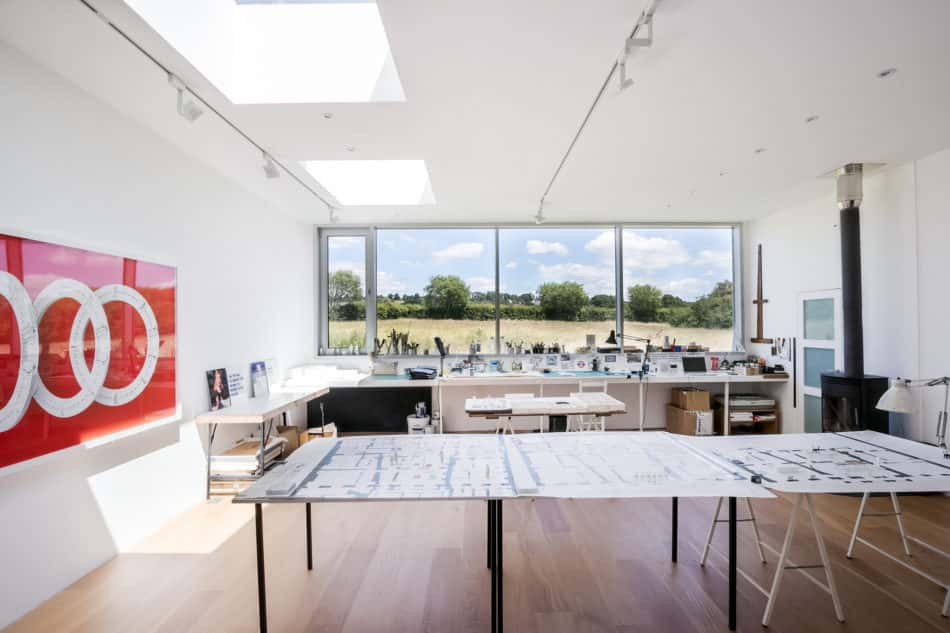
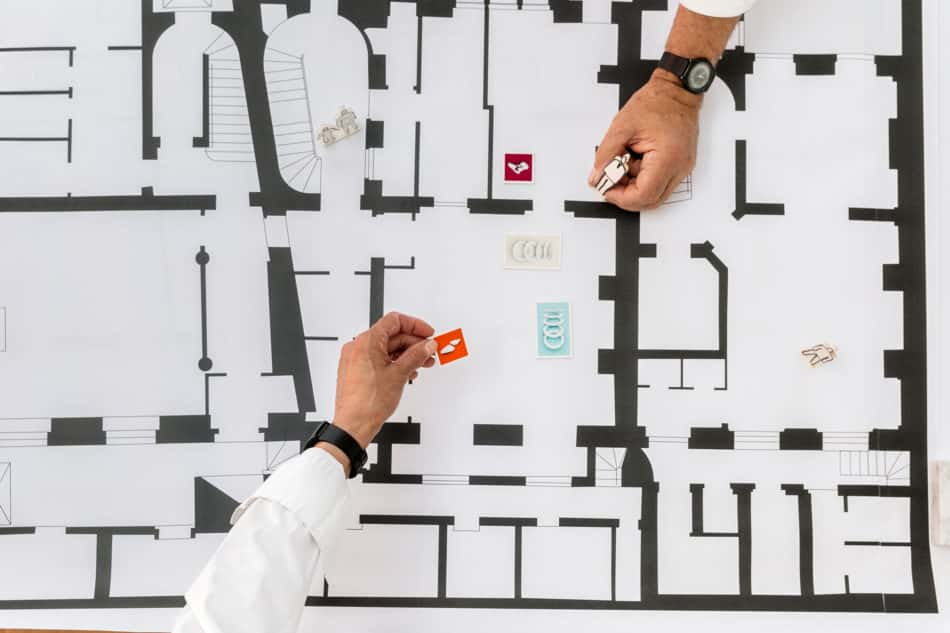
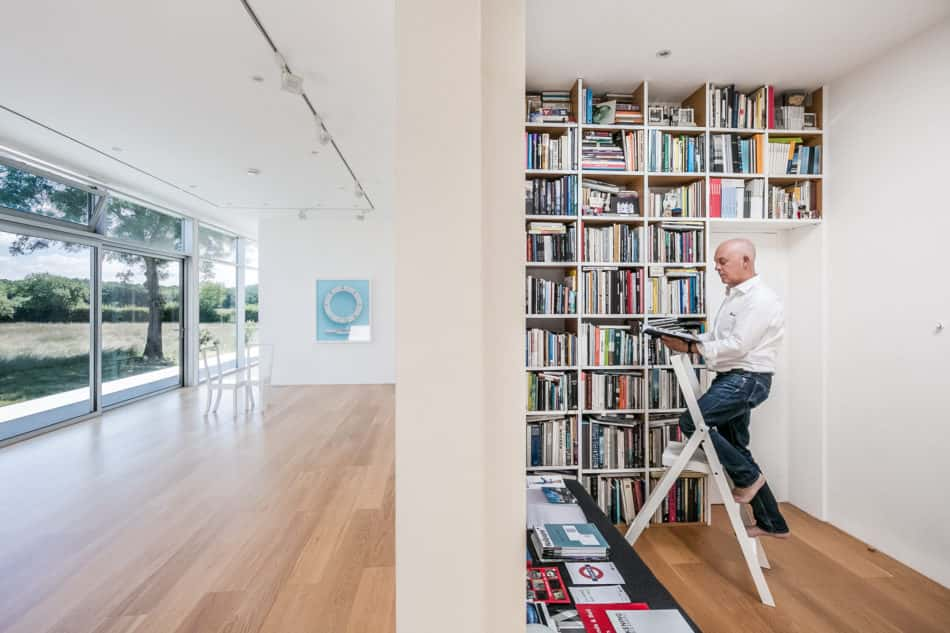
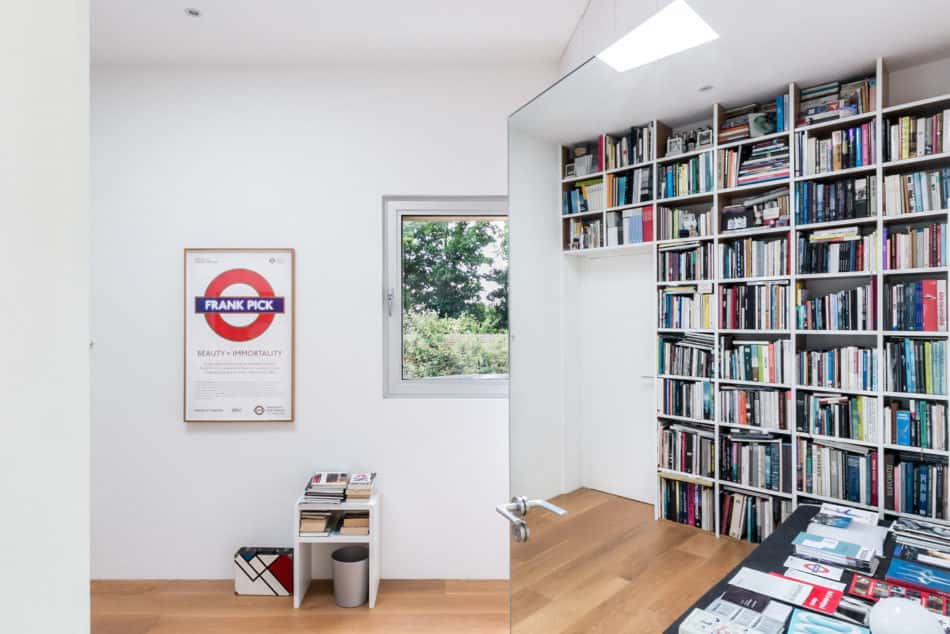
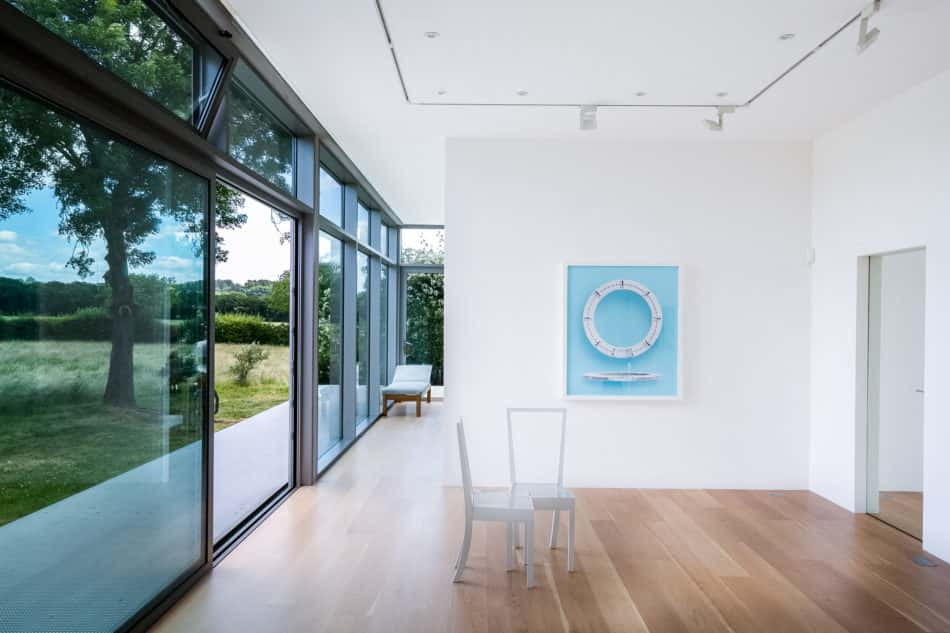
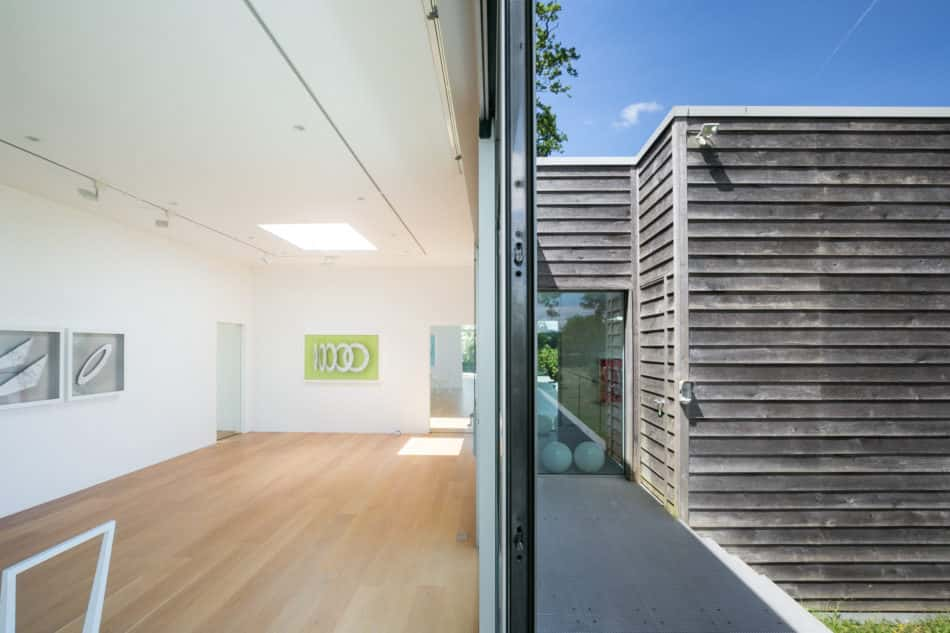
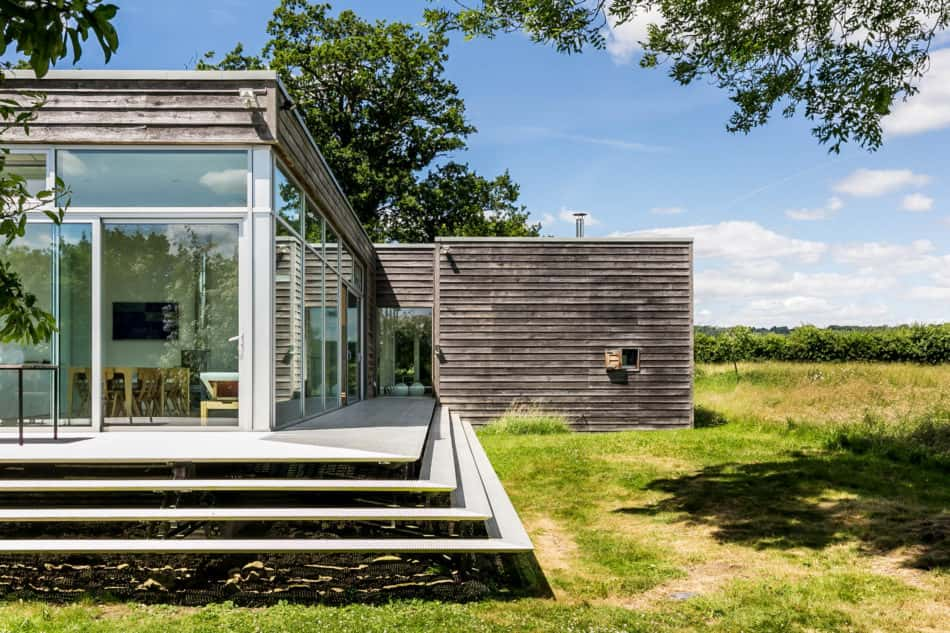
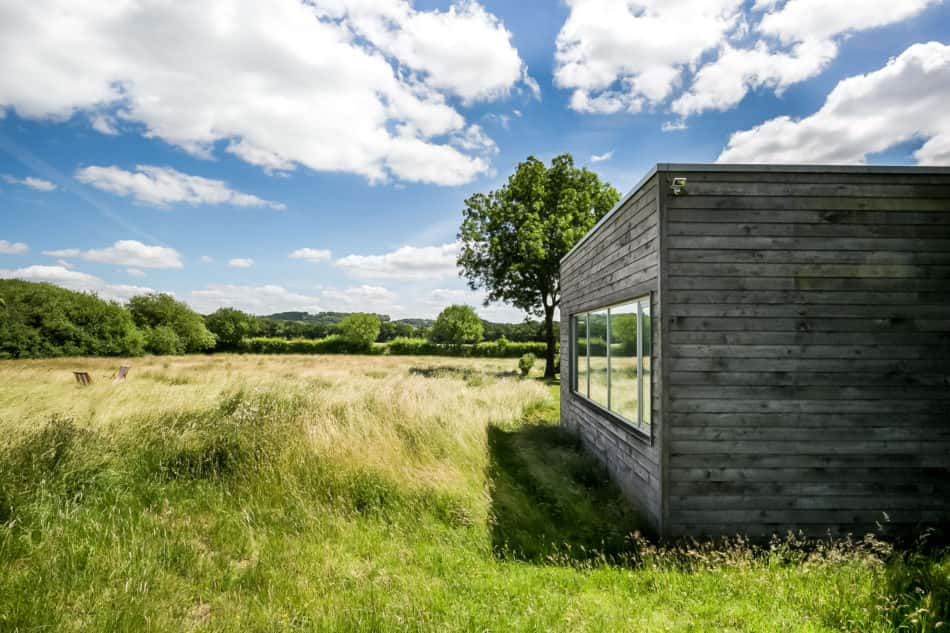
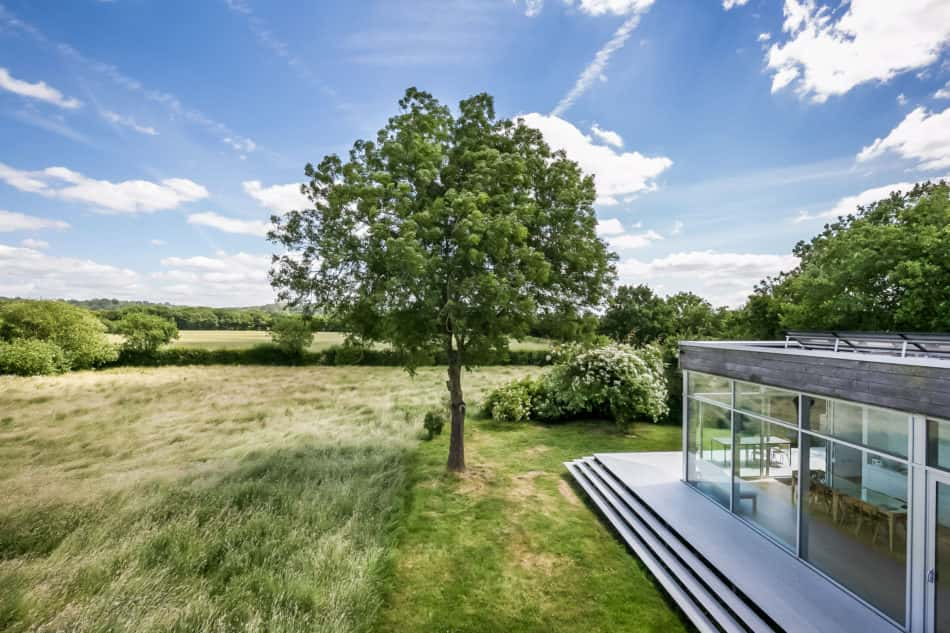
Ben Langlands: “We had never imagined designing a place to live and work outside London. It was 2001, and we had just been to visit Derek Jarman’s house and garden in Dungeness. We were on our way back to London and it was a beautiful day, so we wanted to stay away from the motorway.
“We were exploring little lanes and when we came down this road we saw a ‘For Sale’ sign. At that point, the plot was smaller and there was just a derelict farm worker’s cottage and some ruined stables. But we like looking at abandoned buildings so we got out and walked around the plot.”
Nikki Bell: “When we got around to the back we saw the beautiful view of the landscape. It was really inspiring. We thought, ‘well, we’ll just ask.’”
Ben: “We weren’t really planning on getting anywhere with it and when we rang the agent on Monday morning they told us that it had gone.
“But a friend convinced us not to take no for an answer. We called back up and the woman said ‘Oh, I’m glad you phoned because I was wrong, it hasn’t been sold.’
“So, we ended up buying it. I think we were just really drawn to the landscape, and the fact that it’s so near to London, while also feeling remote.”
Nikki: “We intuitively sensed that we would be able to do something, both in the creative sense and from a planning perspective because there are no immediate neighbours.
“We had experience rebuilding a number of 18th-century ruins in London, but we’d always wanted to design and build something contemporary from scratch, so we demolished the existing buildings here.
“We really enjoyed the process of designing the new house with the help of structural engineers Atelier One. It was a mammoth, epic undertaking: we managed the build, sleeping on site in a converted steel shipping container, then, once the main structure was in place, we spent two years doing the fit-out ourselves. But, nothing ventured, nothing gained. It’s like anything in life, if you want to do something interesting you have to put your heart, body and soul into it.”
Ben: “But we couldn’t do anything for years after buying it. We were too busy with exhibitions and working in places like Japan and Russia. We used to come down from London whenever we could, though, crash out, get up the next morning and go for walks in the countryside.”
Nikki: “We got to know the whole area by going on walks. I think it’s good to have a bit of time before you start something, to think it through.
“We approached the design like we do our work, making models and drawings. We aren’t trained architects, but we don’t see a distinction or separation from what we do and architecture. Architecture is a great passion of ours: we love looking at buildings and plans, and it forms the focus of a lot of our work.”
Ben: “The design was about being sensitive to the landscape. We weren’t trying to make a statement; quite the opposite, in fact.
“We’re surrounded by oak trees, so we chose to clad the building in oak panels. The intention was for it to disappear rather than appear, and we like the fact that you can barely see the house when you’re up on one of the nearby hills.”
Nikki: “We designed the space with the specific intention that it would facilitate and inform our work. We’re not artists that need to shut the studio door at the end of the day and come home; our life and work are intertwined.”
“I think it helps that we are self-confessed minimalists; we don’t like much clutter. And when we do make a mess, we always clear it up! We prefer to show our work when it’s complete. It’s just different styles of working.”
Ben: “When we’re working on an exhibition, like this year’s ‘Internet Giants: Masters of the Universe’ show at the Ikon Gallery in Birmingham, the whole house essentially becomes one big studio. A lot of our work is predicated on the idea that architecture says something about people’s intentions and interactions … I guess that says something about ours!
“We’ve just started working on a major solo exhibition at Sir John Soane’s Museum that will open in early 2020. It will be a response to the museum and the collection and it’s still in the preliminary stages, so it hasn’t taken over the house … yet.”
Nikki: “There is no fixed pattern for how we spend our time here, it really depends on what we’re working on. But it’s a live/work space, albeit a permeable one, so we do invite friends for lunch or curators and collectors down.
“We don’t come here with the intention to socialise though, mostly because we’re too busy working.”
Ben: “We love being here; it’s changed our lives. We love London too, though.”
Nikki: “Yes, I think we need both. Our home and studio in Whitechapel is the complete opposite to here: intensely urban, crowded and noisy. We need to be stimulated by different people and everything that happens in the city, and then come here for the opposite.
“That duality, or balancing act, is evident in our lives, the way we work and the art we produce. We’ve been collaborating now for 40 years, and although we are quite different people, we find a synthesis through that process. This house is a manifestation of that process.”
Ben and Nikki, how do you define modern living?
“Non-hierarchical.”
If you were to move, what would be the first thing you’d take with you?
“The ‘Burnt Madonna’, a burnt wooden statue of St Theresa of the Roses. We salvaged it from a church in Suffolk that was burnt down in an arson attack on Christmas Day 1985.”
Is there a home on The Modern House website that has caught your eye?
“There are lots of great houses on your website. One that caught our eye for its simplicity, modesty and relationship to its surroundings is “Moonlight Cabin” by Jackson Clements Burrows.”
